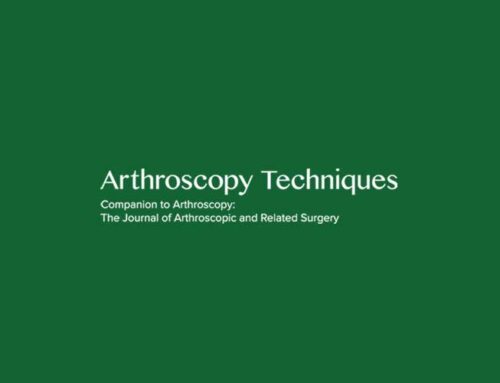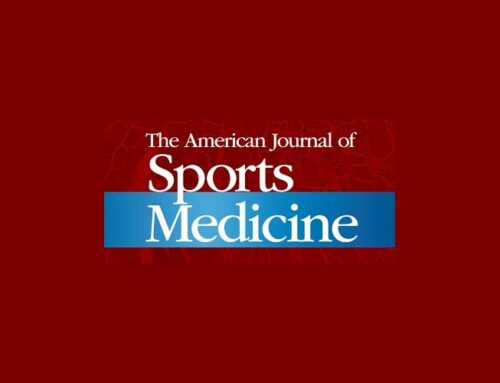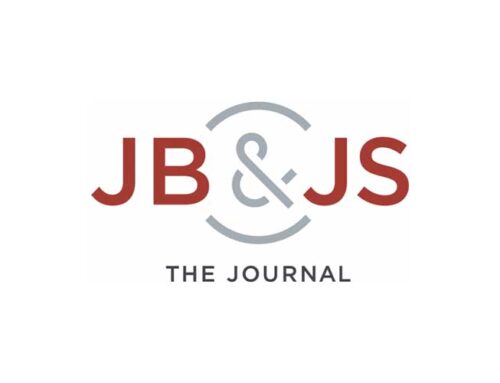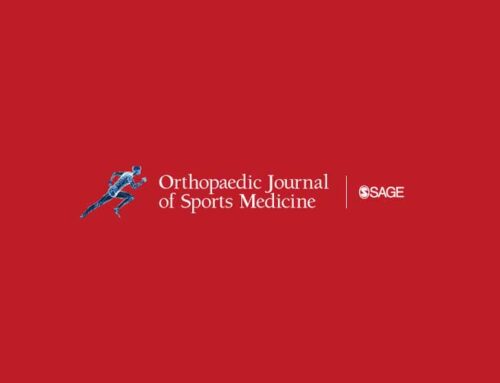A paucity of literature exists on quadriceps tendon reruptures. Failed quadriceps tendon repair can cause significant morbidity and disability. Surgical management of quadriceps tendon rerupture can be challenging due to tissue degeneration, tendon retraction, muscle atrophy, and poor bone fixation. A lack of guidance in the literature exists on the appropriate surgical techniques for managing quadriceps tendon reruptures.This article describes the case of a male recreational athlete with a failed primary quadriceps tendon repair who presented 10 months after rerupture. Examination was significant for morbid obesity, assisted ambulation, and a significant defect at the superior pole of the patella on the affected side. Intraoperative findings were consistent with a 2.0- to 4.5-cm tendon defect across the extensor mechanism with complete retinaculi tears. The authors performed a novel surgical approach for revision of quadriceps tears using a bilateral hamstring autograft through a quadriceps tendon weave and a transosseous patellar repair. Tendon length was restored, and extensor mechanism tension was reapproximated. Postoperatively, the patient achieved a good outcome and had returned to full, painless, sport participation at 2-year follow-up.This surgical technique is suitable for revision quadriceps tendon repairs of large tendon gap defects, repairs desiring tendon-to-bone in-growth, and repairs requiring large-force transmission across the repair.
View: Autologous hamstring tendon used for revision of quadiceps tendon tears









